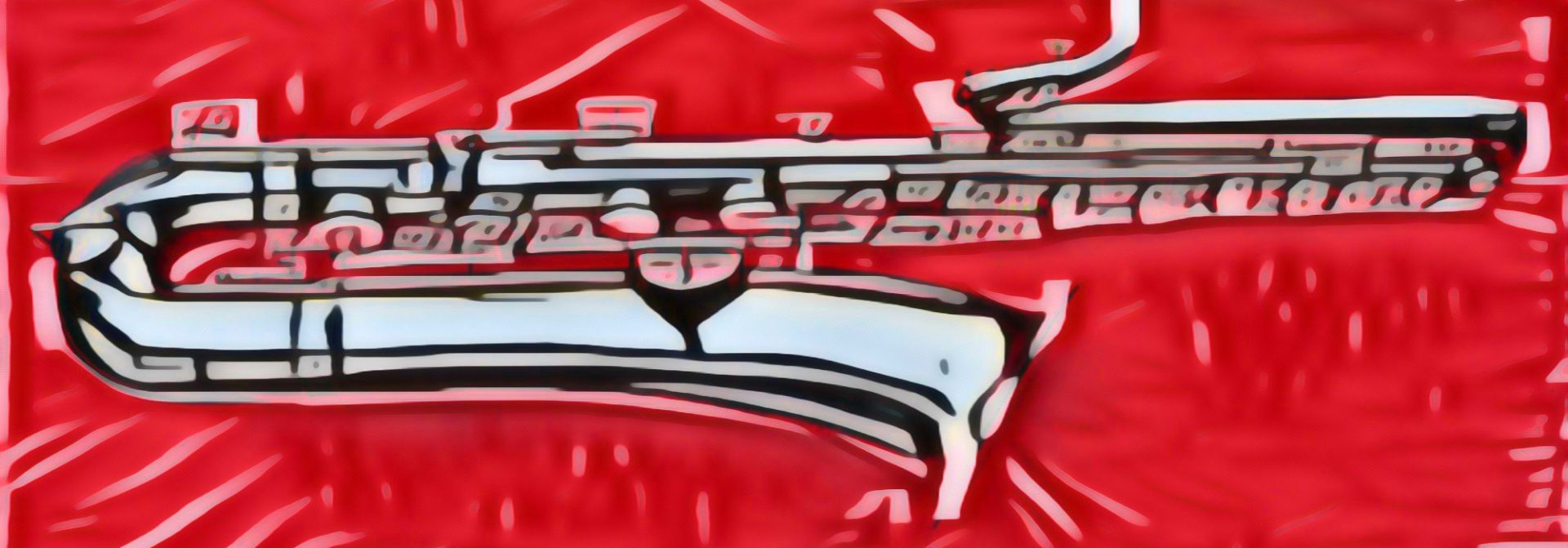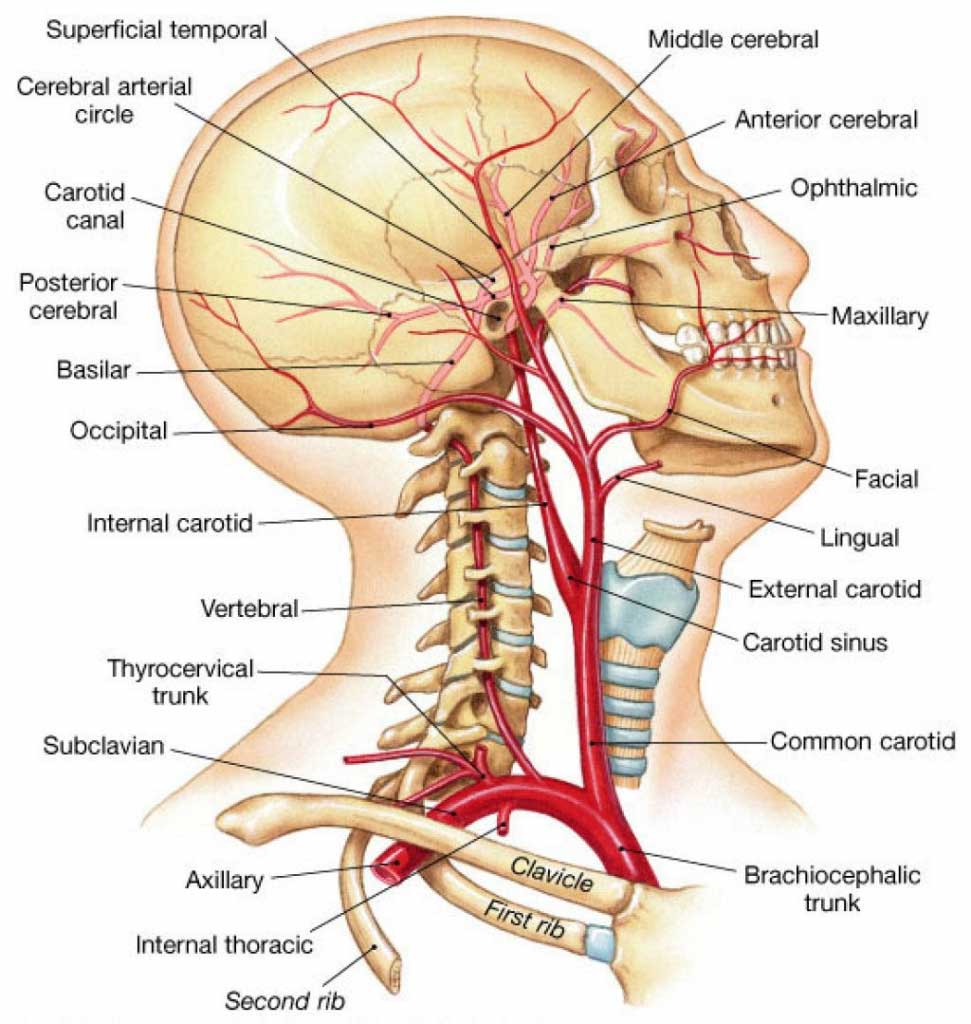For close to 20 years now I have used Neotech neck straps and liked them. The only thing I wasn’t that fond of, was the way they slipped and needed adjustment multiple times over the course of a show/rehearsal/practice session. Then in the summer, when I was talking to Claudio Fantinato from SeaWind Musical Instruments, he suggested I try a neck strap his company was now carrying: the Cebulla Sax-Strap.
At the time I didn’t know what made these straps special, but when I tried Claudio’s personal neck strap, I was instantly struck by how much more comfortable the horn was. Despite the fact that I was wearing a low A bari around my neck, it felt really comfortable, and I felt no pain or strain on my neck. Best part of all: the horn wasn’t slipping!
I was immediately sold on these unique, German products, which were carefully hand-crafted by fellow sax player Johann Cebulla. I left Claudio’s shop that afternoon with my first Cebulla Sax-Strap safely tucked away in the case of my bari sax.
How is the Cebulla Sax-Strap different from other saxophone neck straps?
If you’re like me, and wear a saxophone around your neck for hours each week, something you might not have considered is what the weight of the horn hanging on a conventional neck strap is doing to the blood supply to your head.
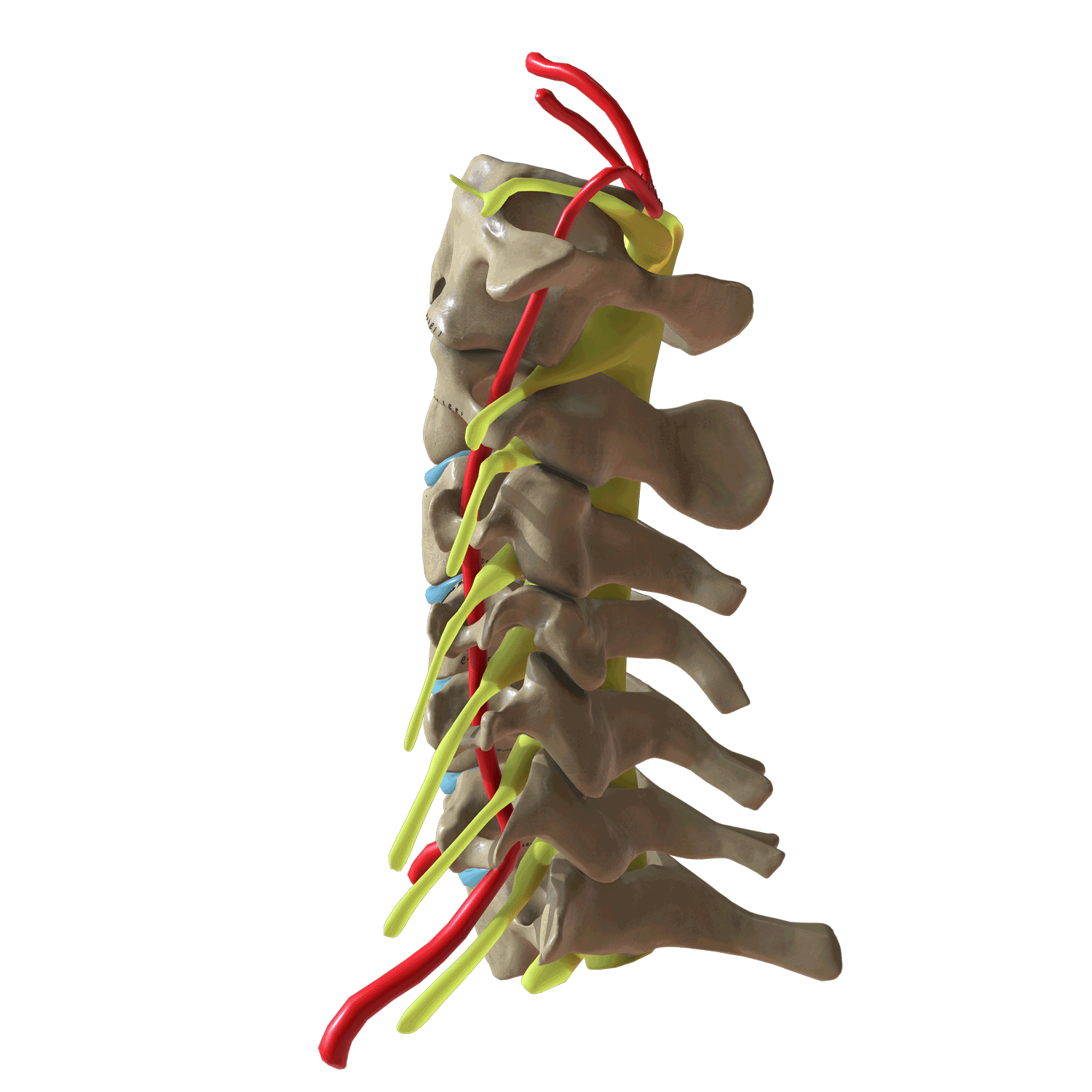
A conventional strap encircles the back of your neck entirely. This affects the blood flow to and from your brain, as well as the nerves—both of which run through the cervical vertebrae. (Nerves are yellow, blood vessels red in above diagram. The protrusions on the right side of the diagram, are what stick out on the back of your neck.)
With the Cebulla Sax-Strap however, the area directly over your cervical vertebrae remains open, while the weight of the sax is distributed to the muscles on the left and right sides.
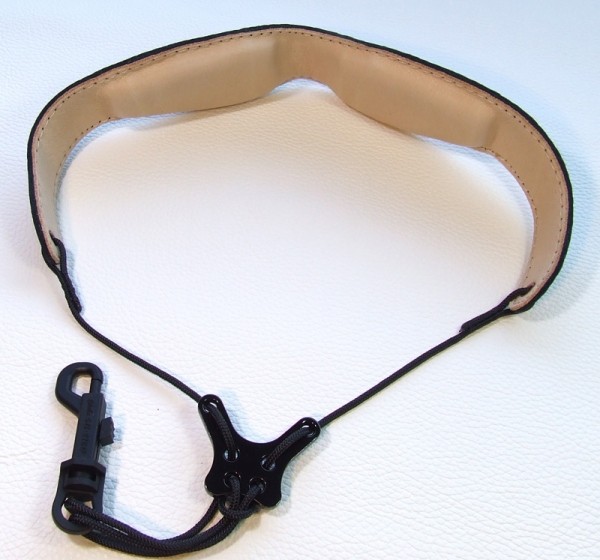
The neck straps themselves are made with the high quality, untreated cowhide, and come either in black, brown, or white. The inner lining is leather as well, while the padding consists of:
a rubber-equivalent material with a cell structure that has a cell size of 0.136 mm3 (cubic millimetre). It adapts to the individual shape of your neck and provides for optimum weight distribution on the left and right muscles of the neck…
Source: cebulla-saxstrap.de
Also less pressure on the carotid arteries
To ensure that no undue pressure is placed upon the carotid arteries, the Cebulla Sax-Strap is available in 7 different lengths. This will ensure a proper fit, when the measuring chart is used.
In addition to the conventional length adjuster shown above, an extra-wide length adjuster is available as well. Regardless if the strap is completely shortened or lengthened, the extra-wide adjuster will not interfere with the blood flow of the carotid arteries.

I opted to get an L with this extra-wide adjuster for use on my baritone. Best part of all, it works on both my Mark VI and my Committee III.
The Martin Committee III has a very long neck, and with needing its MP fastened so close to the end of the neck, regular neck straps are too short. I had to get an X-Long Neotech for the horn, and have to be really conscientious when I pack my gear that I have the right strap for the right horn.
With the Cebulla Sax-Strap I just have one strap to pack for my baris. Less chances of screwing up and getting to where I’m going without being up to hold up my horn. 😉
BTW, yes the Cebulla Sax-Strap is available in a bari model as well. I personally didn’t need the extra 2 cm that it provided, or the extra padding in the neck. But more importantly, I wanted a neck strap in black, and the bari strap is only available in brown.
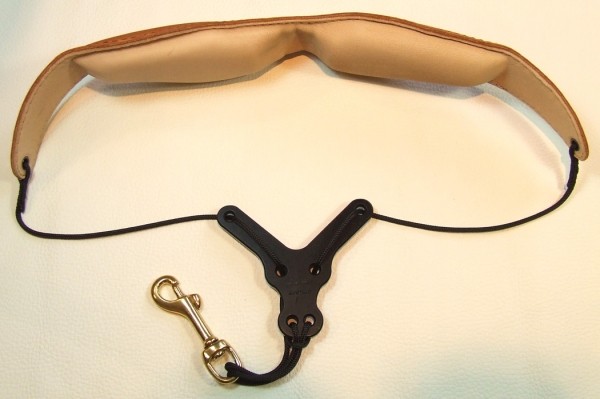
Regardless of your height, or the length of your horn, with the currently 43 offerings by Cebulla, you can easily find the strap that right for you.
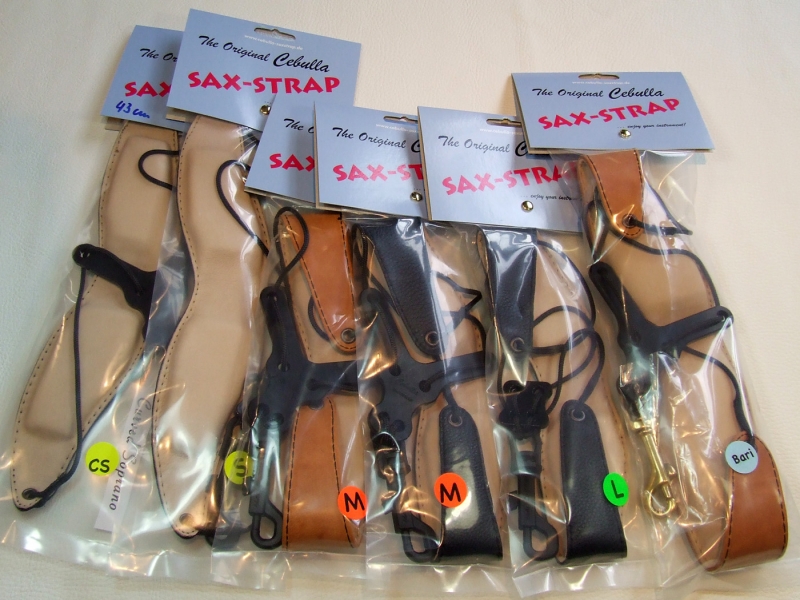
Now that I’ve used my new strap for a few months, and I’ve no longer had a problem with horn slippage, I got another Sax-Strap from Claudio a couple of weeks ago for my tenor and alto. This time I opted for a conventional adjuster, and M length.
I do plan to get one more Sax-Strap. I noticed that they have a model for curved soprano saxes. That will be very handy, as I don’t entirely trust the home-made one I have.
The one thing I wish I could change about these neck straps
I’m sure Johann Cebulla gave a great deal of thought to what kind of hooks to put on his Cebulla Sax-Straps, but I must admit I am not a fan of any of them. Currently the only options are: glass fibre reinforced closed black clasp, as well as a brass metal closed clasp. Currently the only open clasp straps you can get from Cebulla are for oboe, clarinets, and other instruments with small strap rings.
I grew up using straps with open hooks, and learning to be consciously aware of how my sax is attached (or not) to its strap. Now I realize that we’re dumbing everything down, but sax straps? Really? Maybe for beginning students when they’re in elementary school. However, if I’m spending this much money on a high-end neck strap, chances are I’m an experienced player who knows how to look after my horn.
Given I spend a great deal of time playing multiple big instruments in pit orchestras—where rapid instrument changes are paramount—this closed strap ring slows down my horn changes. Bottom line: I don’t need to have a closed clasp, and I would at least like the option of ordering one with an open clasp.
The plastic-coated metal hook that Neotech offers is my preferred style. I have been using the same one for nearly 20 years and the plastic has not crapped out. I’m hoping the Johann Cebulla offers something like that in the future.

